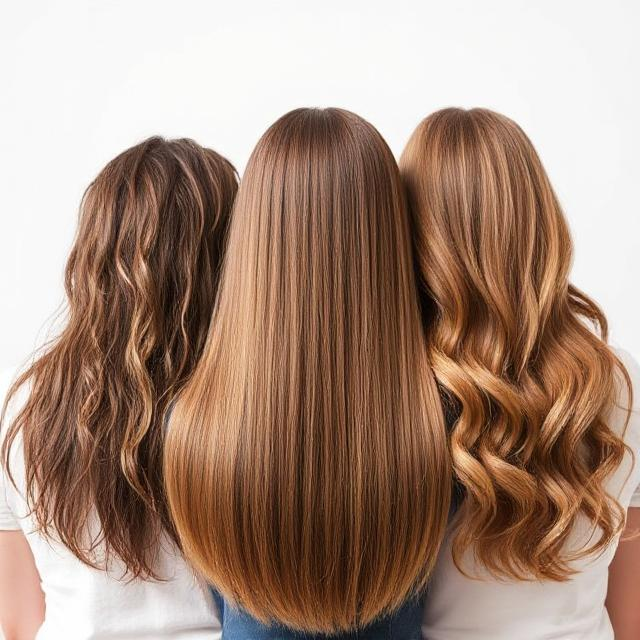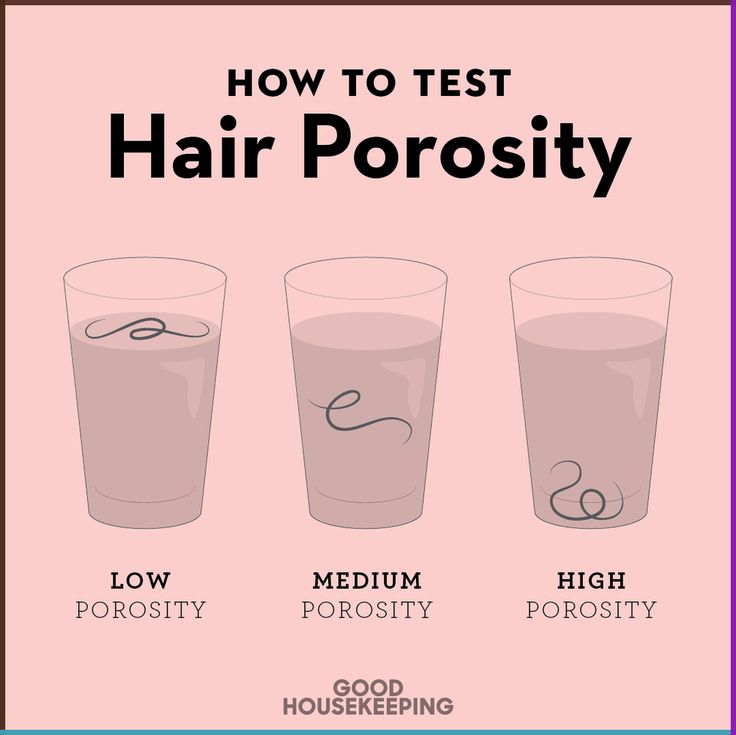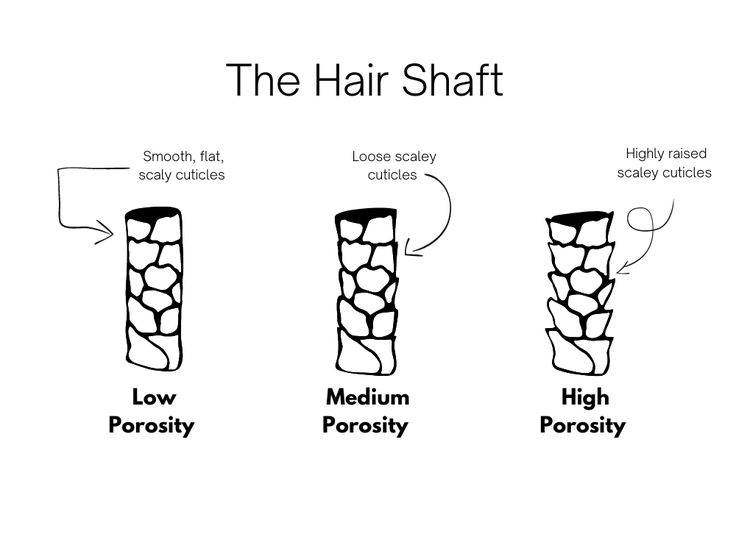What Is Hair Porosity?
Hair porosity refers to your hair’s ability to absorb and retain moisture, determined by the condition of the cuticle—the outermost layer of your hair. It affects how your hair interacts with water and products, which is essential for achieving healthy, hydrated locks.

Understanding hair porosity is key to crafting a personalized hair care routine. There are three main porosity types: low, medium, and high. Interestingly, your hair type combines porosity, density, and texture, leading to up to 108 unique hair type combinations! Let’s explore each porosity type and how to care for it effectively.

Low Porosity Hair
Characteristics:
- The cuticles are tightly packed, making it difficult for moisture to penetrate.
- Water beads up or sits on the surface instead of soaking in.
- Hair can feel greasy due to product buildup.
How to Test for Low Porosity:
Try the water test: Place a strand of hair in a glass of water. If it floats for an extended time, you likely have low porosity.
Care Tips:
- Use lightweight, water-based products: Avoid heavy oils or butters that sit on the surface.
- Deep condition with heat: Heat opens up the cuticle, helping moisture penetrate.
- Clarify your hair periodically: This prevents buildup that can weigh hair down.
- Avoid excess protein treatments: These can make low-porosity hair feel dry and brittle.
Medium (Normal) Porosity Hair
Characteristics:
- The cuticle is slightly open, allowing for a balance of moisture absorption and retention.
- Hair is easy to style, shiny, and generally healthy-looking.
How to Test for Medium Porosity:
In the water test, hair that sinks slowly but not immediately is medium porosity.
Care Tips:
- Maintain balance: Alternate between protein and moisturizing treatments to support hair health.
- Use leave-in conditioners and light oils: These help keep the cuticle healthy without overloading it.
- Avoid over-processing: Protect the cuticle from heat and harsh chemicals to maintain its integrity.
High Porosity Hair
Characteristics:
- The cuticles are raised or damaged, allowing moisture to enter and escape quickly.
- Hair is prone to frizz, dryness, and tangles.
- It may result from heat damage, chemical treatments, or genetics.
How to Test for High Porosity:
In the water test, hair that sinks quickly is high porosity.
Care Tips:
- Layer hydrating products: Use a leave-in conditioner, seal with oil, and finish with a cream to lock in moisture.
- Choose rich, nourishing products: Look for ingredients like shea butter, aloe vera, and argan oil.
- Minimize damage: Avoid excessive heat and harsh chemical treatments.
- Deep condition regularly: This helps replenish lost moisture and strengthen the cuticle.
Why Porosity Matters
Porosity plays a pivotal role in determining the products and routines that will work best for your hair. Combining porosity with density and texture creates a unique hair profile, influencing everything from styling to product selection.
Understanding your porosity type empowers you to:
- Select products that penetrate and nourish effectively.
- Avoid unnecessary damage from incompatible treatments.
- Develop a care routine that keeps your hair healthy and vibrant.

Find Your Hair Porosity
The Water Test:
- Place a clean strand of hair in a glass of room-temperature water.
- Observe for 2–5 minutes:
- Floats: Low porosity.
- Sinks slowly: Medium porosity.
- Sinks quickly: High porosity.
The Slide Test:
- Gently slide your fingers up a strand of hair from tip to root.
- Smooth: Low porosity.
- Slightly bumpy: Medium porosity.
- Very bumpy: High porosity.

By understanding and caring for your hair’s porosity, you unlock the secret to healthier, more manageable locks.




Thank you for sharing with us, I think this website really stands out : D.